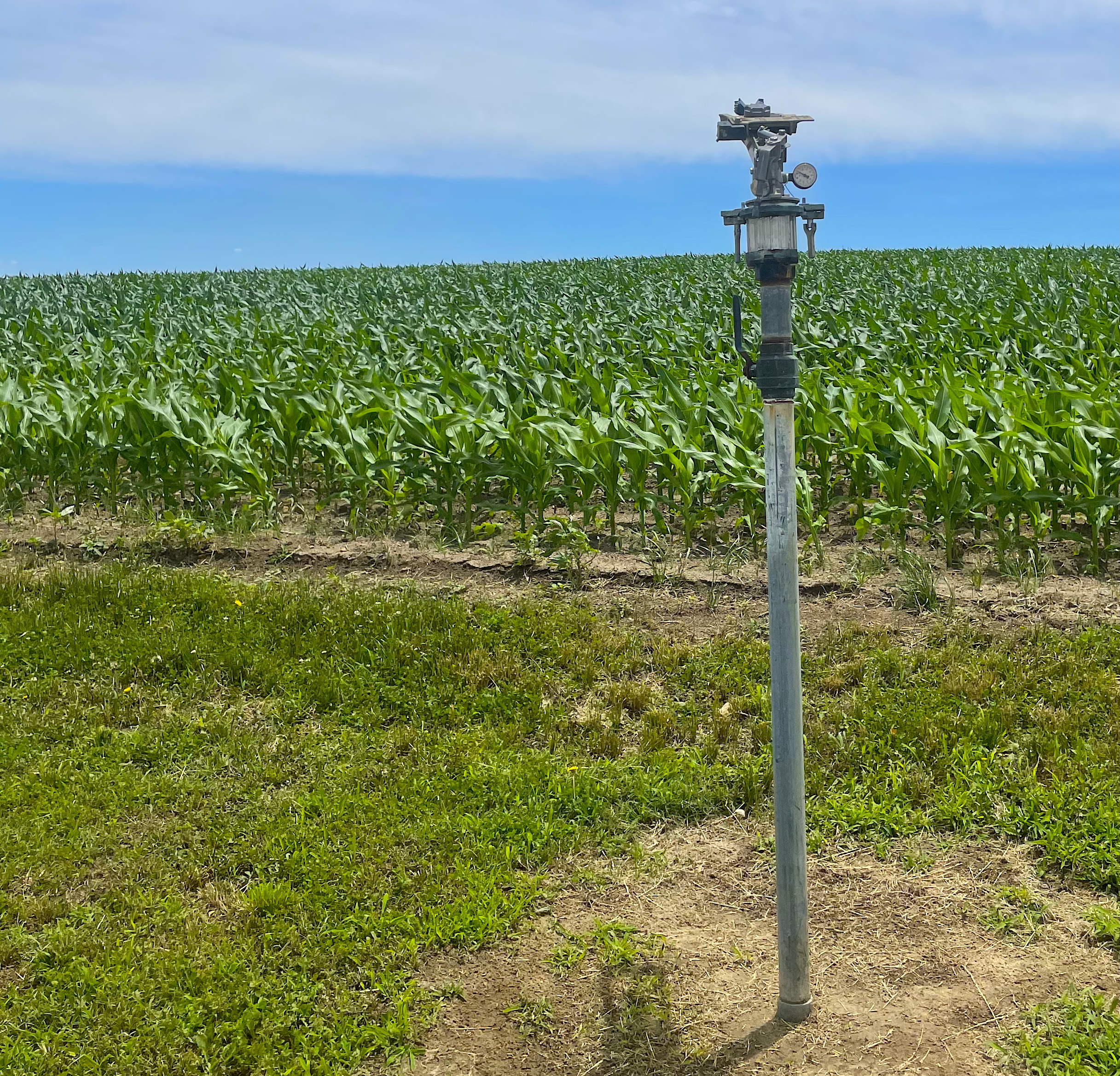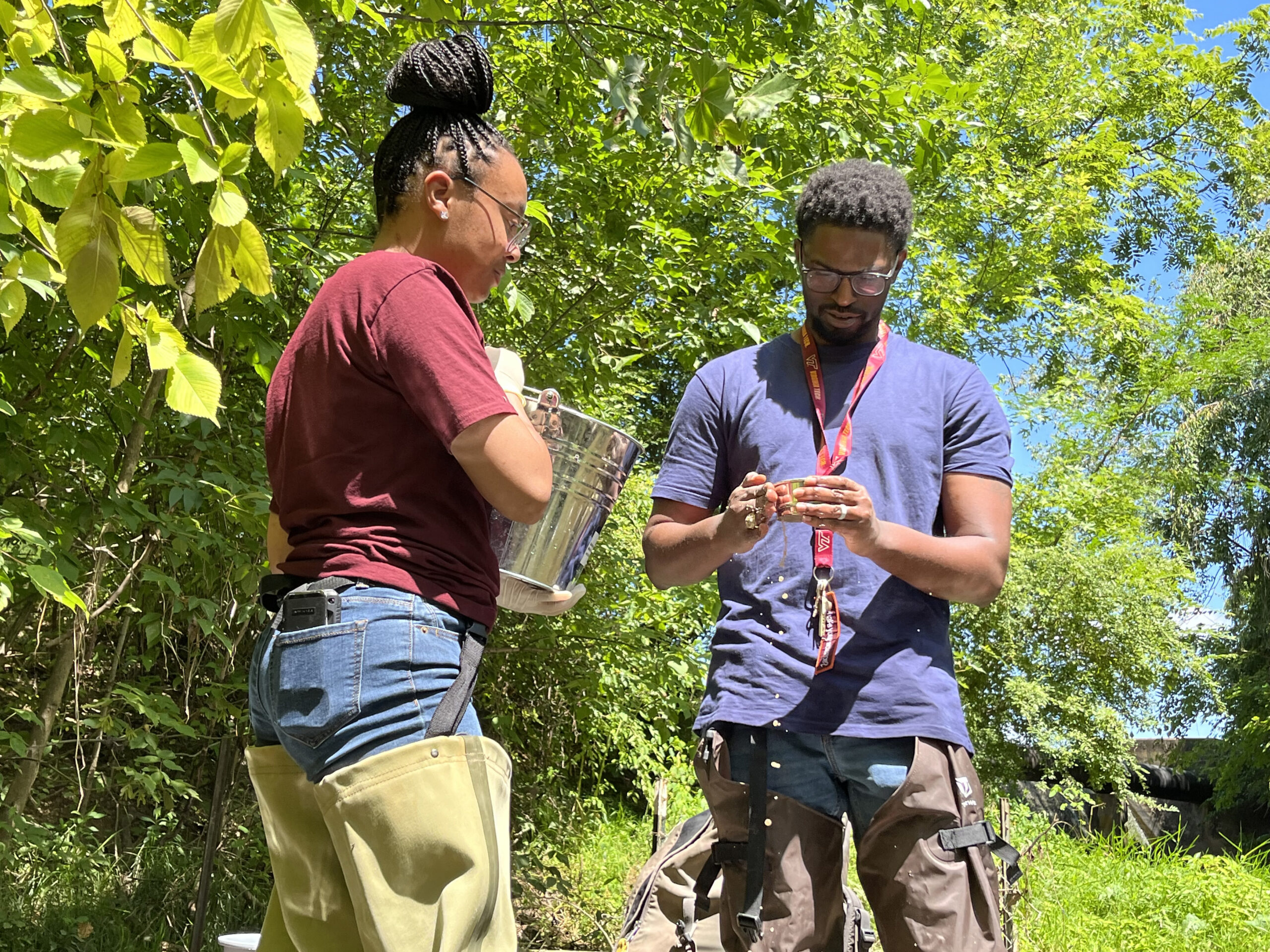A Booming Industry — And a New Threat
North Carolina Oysters Face Unexplained “Mass Mortality Events”
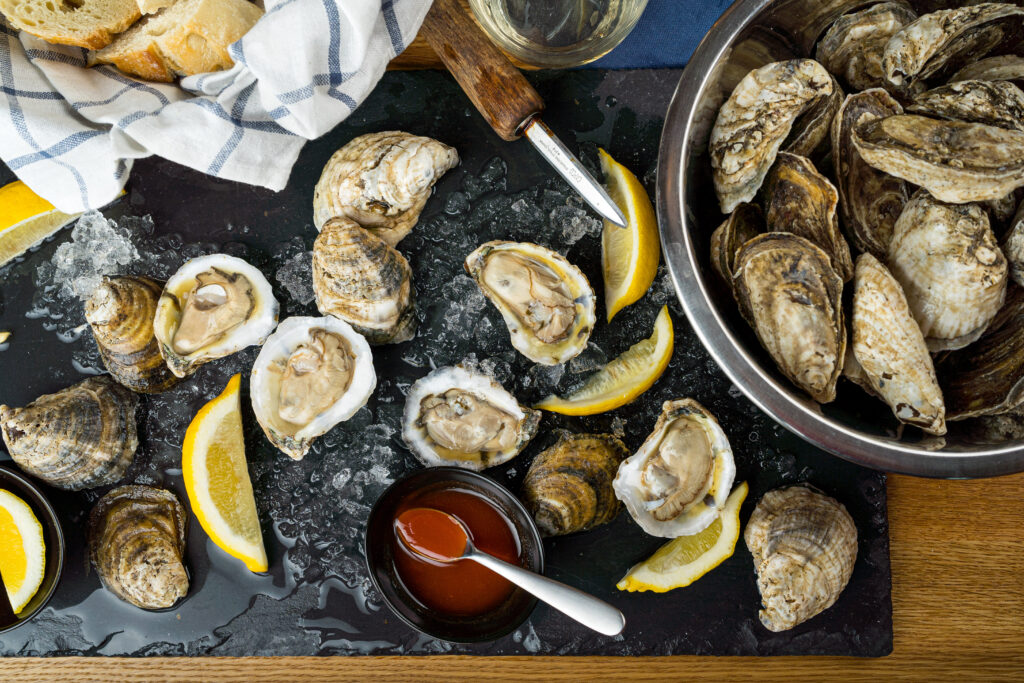
A cutting-edge project is addressing “the biggest hindrance to sustainable oyster aquaculture development in the Southeast.”
It’s no secret that seafood is a staple of North Carolina cuisine, and oysters are a favorite. Consumers enjoy oysters in a number of ways — simply raw and on the half shell, dolled up in dishes like Oysters Rockefeller, fried, or included in stews and stuffings.
In fact, oysters are such a fixture of our state’s seafood scene that the North Carolina Coastal Federation and North Carolina Sea Grant, in partnership with the North Carolina Shellfish Growers Association, created the NC Oyster Trail to highlight the fishers, growers, and businesses behind this ever-expanding industry.
NPR reports that in the U.S. alone, seafood lovers consume roughly 2.5 billion oysters annually. North Carolina and other Atlantic Coast states are responsible for about 85% of those oysters.
And the state’s oyster industry is booming. In 2022, North Carolina Sea Grant found that the wild and farmed shellfish industry contributed over $31 million to the state’s economy.
The North Carolina Coastal Federation says that globally wild oyster populations are at some of their lowest points in recorded history, with wild North Carolina oysters estimated at about one-fifth of their historic harvest levels. These declining population levels often are the result of environmental factors, like poor water quality, disease, predation, and natural disasters, as well as habitat loss and overfishing.
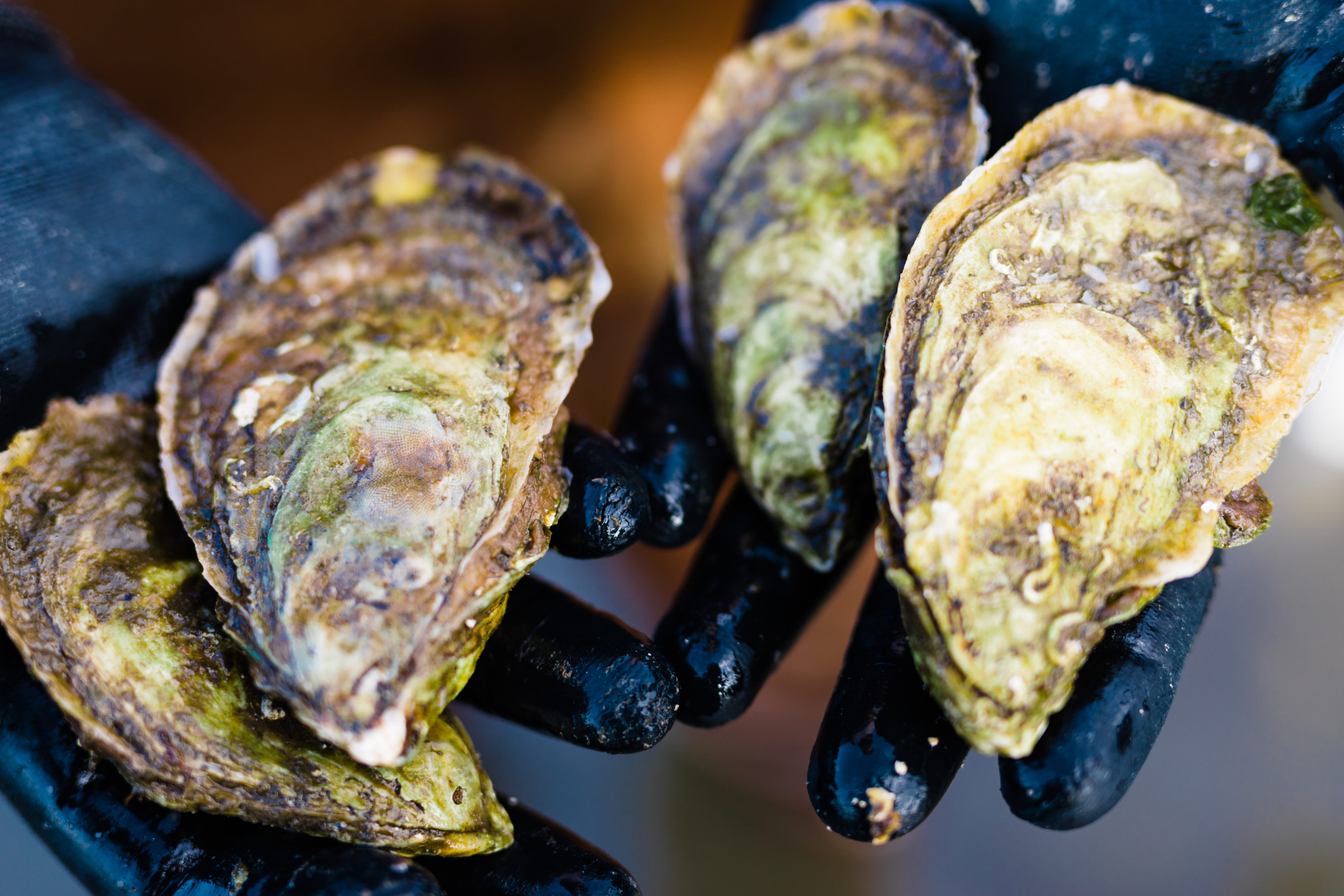
New North Carolina Sea Grant projects are tackling critical challenges facing the state’s oyster industry. NC State University’s Tal Ben-Horin is exploring one such threat — unexplained and sudden mass oyster deaths — and determining how growers can lessen or eliminate these events.
The Biggest Threat to Oyster Farming
“A former boss once told me, ‘If it happens once, it’s random; if it happens twice, it’s a coincidence; if it happens three times, it’s a trend,’” says Eric Herbst, North Carolina Sea Grant’s coastal aquaculture specialist. “Sudden, unusual, and unexplained mortality events of farmed oysters are a relatively recent phenomenon and have occurred sporadically throughout the Southeast and Gulf of Mexico over the past five years or so, but this troubling trend has the potential to stop the growth of our oyster mariculture industry in its tracks.”
For the last several years, the state’s oyster farmers have been at the mercy of these unexplained mass mortality events, with many losing up to 90% of their oysters in a short timeframe. As a result, shellfish comprise a growing portion of the over $200 billion in total federal crop insurance and disaster relief payouts.
That’s where Tal Ben-Horin comes in. Ben-Horin directs the Shellfish Pathology Laboratory at NC State’s Center for Marine Sciences and Technology in Morehead City and along with numerous colleagues has been evaluating farmed oyster mortalities in the state since 2020.
Ben-Horin’s collaborative project team includes Rachel Noble and Colin Eimers at the UNC Institute of Marine Sciences, Grant Murray at the Duke University Marine Lab, Ami Wilbur at the UNCW Shellfish Research Hatchery, and others. Their team is working with oyster growers to develop practical, farm-based solutions that reduce the magnitude and severity of oyster deaths on shellfish operations, with the ultimate goal of decreasing industry losses from oyster mortality events.
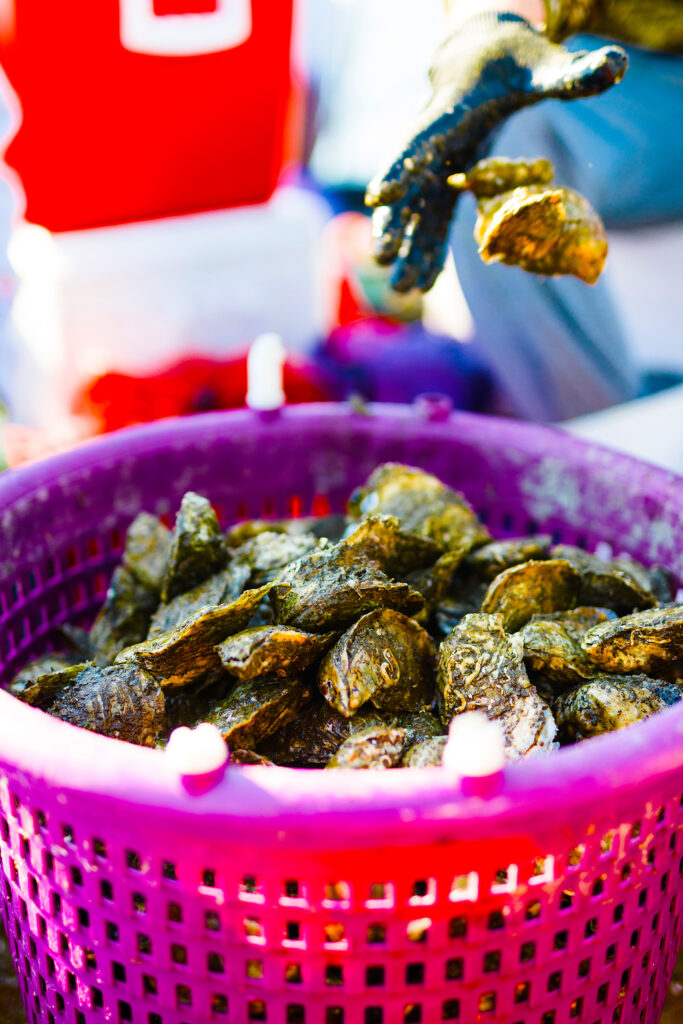
“In North Carolina, we know these events primarily happen at farms in our high salinity coastal sounds from late spring through early fall, when water is warm and with larger, near market-sized oysters being more severely impacted,” says Ben-Horin, adding that mortality events are “the biggest hindrance to sustainable oyster aquaculture development in the Southeast.”
As the number of aquaculture leases in North Carolina continues to rise, the timing of this project couldn’t be better.
First, the project team is evaluating advantages to modifying the time of year for putting seed oysters — juvenile oysters planted on farms for eventual harvest — on oyster farms. The majority of seed oysters in North Carolina come from hatcheries in Virginia and elsewhere. Several oyster nurseries have developed out of this industry framework, where oyster larvae and small seed produced at hatcheries out of state are shipped to in-state production facilities, which use specialized equipment to grow through these life stages to a size most oyster farmers prefer to plant.
Nurseries — especially those at lower salinity locations, where sudden mortality risks also appear lower — present an opportunity to manipulate and study the timing of when larger oysters become more susceptible to sudden mortality.
Warm, salty, summertime conditions make mortality more likely. The team is holding oyster seed stocks at nursery sites; then, at regularly timed intervals, they send cohorts from the nursery sites to two high-salinity farms, one which usually experiences annual oyster mortality events and another that rarely experiences them.
The team takes biweekly counts of all live and dead oysters, along with measurements of oyster growth at the nurseries and the final “grow-out” sites in the sounds. When Ben-Horin and his team evaluate oyster health from the collected samples, they will account for when and where they deployed the seed stocks originally.
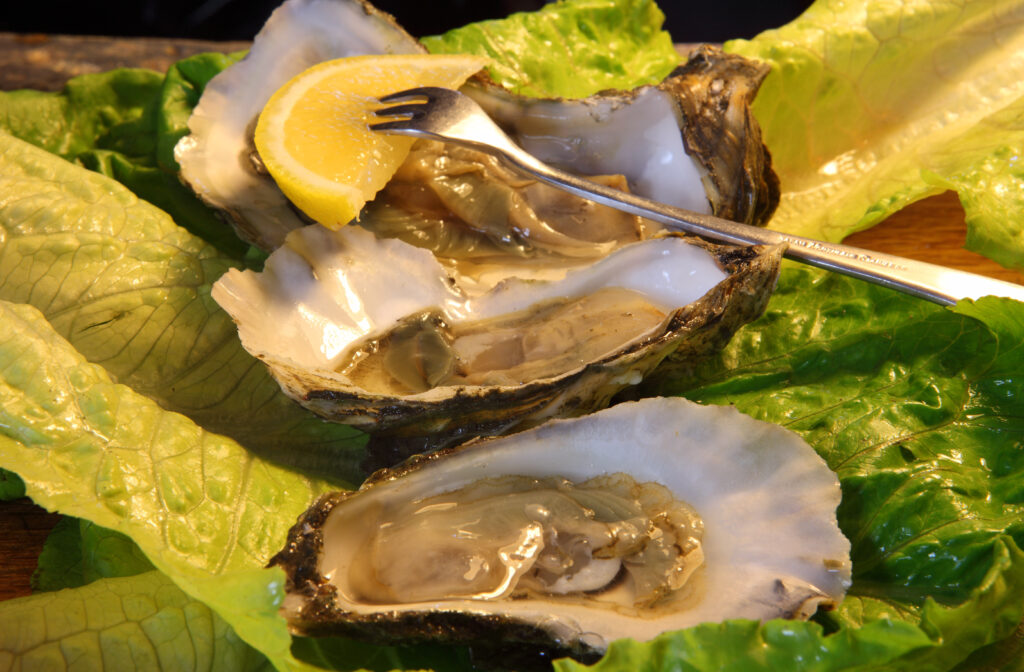
The team also will focus on practices affecting oyster mortality, as well as growers’ perceptions. In particular, the researchers will explore operational practices, planting and harvesting schedules, locations of oyster seeding, and the numbers of oysters planted in each location to determine which efforts curb mass mortality events.
Colin Eimers, a graduate student at UNC Chapel Hill, has spearheaded the project’s engagement activities to understand how shellfish farmers have adapted and responded to recurring mortality events.
“Looking at the behaviors of long-established and new oyster farmers — farmers of all economic and ethnic backgrounds — will inform strategies for growers of all backgrounds and levels of expertise,” Eimers says, “no matter the size of their farms.”
Because there is no standardized method to report or collect data on mortality events for shellfish growers, the team also will create a first-of-its-kind mobile app or web-based reporting tool, working with regional shellfish growers to develop the most effective approach to document and share information about oyster mortality in real time.
“Ultimately, this tool can provide an idea of the scope of recurring mortality events across the Atlantic and Gulf Coasts,” Eimers says, “while making the information widely accessible and available.”

100 Million Reasons for Optimism for the Oyster Industry
In addition to Sea Grant projects, the ongoing growth of the industry has prompted many other efforts to maintain and improve oyster health and viability, including the creation of a shellfish aquaculture hub in Carteret County.
Led by the NC Coastal Federation, with funding from the U.S. Economic Development Administration, the N.C. General Assembly, The Nature Conservancy’s Supporting Oyster Aquaculture and Restoration (SOAR) program, and the Golden LEAF Foundation, the hub will provide new and existing growers with access to infrastructure docks and refrigerated storage.
The hub has secured over $1.8 million and will house 15 shellfish growing operations.
“The challenges surrounding our oyster farming industry are many,” says Herbst. “However, with support from and collaboration among federal, state and local governments, university researchers, non-profits, trade organizations, and a whole host of other partners, progress is being made and solutions are being discovered and implemented. And that bodes well for the industry.”
“North Carolina shellfish farmers are among the most resilient and innovative folks I know,” Herbst says. “I’m confident that our industry will continue to expand.”
More
“What’s So Special About NC Oysters? Savoring the NC Oyster Trail”
“Shrinking Habitats: How Have Oyster Reefs Changed Over the Last Six Decades?”
North Carolina Sea Grant’s research funding.
Oyster recipes from North Carolina Sea Grant’s award-winning Mariner’s Menu.
Carrie Clower is a contributing editor for Coastwatch and a science communicator for North Carolina Sea Grant. She holds an M.A. in communication studies from The University of Alabama.
- Categories:

